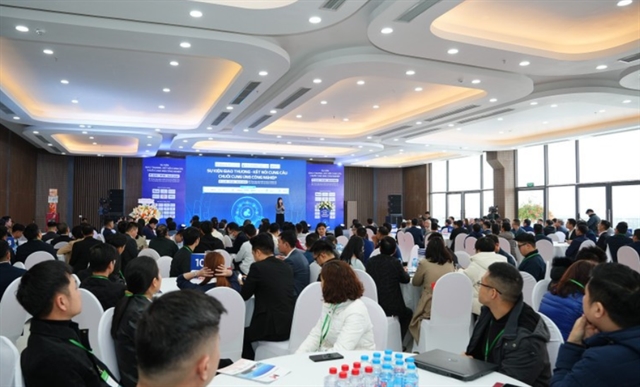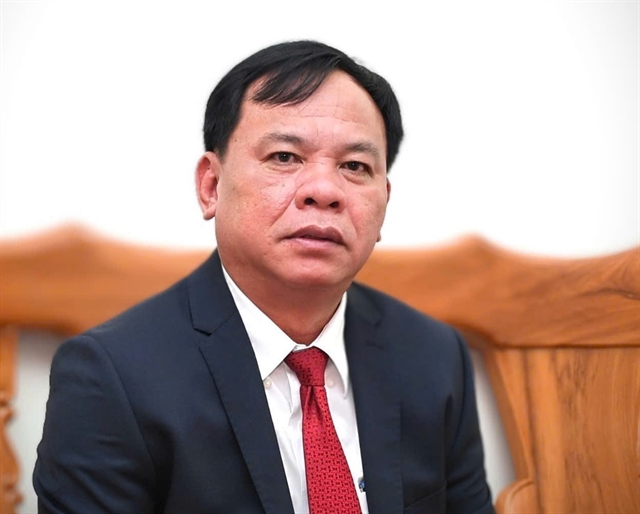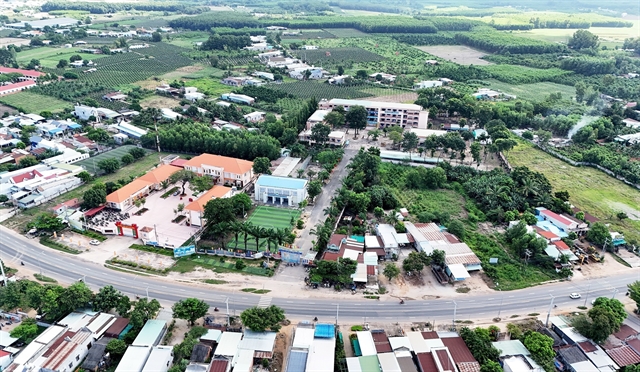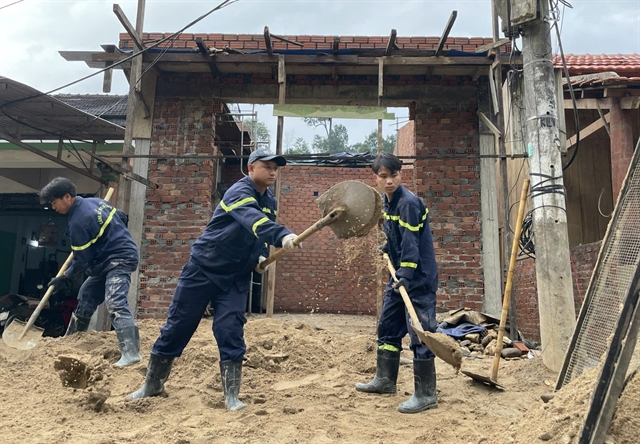 Politics & Law
Politics & Law

 |
| Võ Tấn Đức, Chairman of the Đồng Nai People’s Committee. VNA/VNS Photo |
ĐỒNG NAI — Following the official administrative merger of Đồng Nai and Bình Phước on July 1, the newly expanded Đồng Nai Province is emerging as one of Việt Nam’s most ambitious localities, setting its sights on becoming a leading economic and logistics hub.
In an interview with Vietnam News Agency, Võ Tấn Đức, Chairman of the Đồng Nai People’s Committee, reflects on the opportunities, challenges, and long-term vision of this historic transformation.
What does the merger between Đồng Nai and Bình Phước represent for the province and the country?
This merger is a milestone not just in administrative terms, but in strategic national development.
It brings together two regions with complementary strengths and a shared history under the former Trấn Biên Hòa.
By integrating resources, streamlining governance and embracing a common vision, we are creating a locality with the scale, capacity and ambition to lead.
The unification enables us to respond more effectively to the challenges of modernisation, global competition and rapid urbanisation.
For the country, it demonstrates how institutional reform can be a vehicle for sustainable, inclusive development.
What changes have taken place since the merger took effect?
Since the official transition, we have begun reorganising the administrative apparatus, aligning development plans, and creating a unified direction for economic and social policy.
The province now covers an area of 12,737sq.km and has a population exceeding 4.4 million, making it the third most populous locality after Hà Nội and HCM City.
Our projected gross regional domestic product stands at more than VNĐ676.7 trillion (US$26 billion).
These numbers are significant, but what matters more is how we translate this scale into genuine improvements in productivity, governance, and quality of life.
How is Đồng Nai positioning itself economically after the merger?
We are leveraging the advantages of our location, infrastructure and institutional readiness to establish Đồng Nai as a national leader in industry, logistics and services.
The province lies at a vital intersection of trade corridors, with ongoing developments such as Long Thành International Airport and key transport routes enhancing our connectivity. However, our focus is not only on physical infrastructure.
We are working to improve administrative efficiency, attract investment, and strengthen our human capital.
We are also moving towards greener, more resilient models of growth, where sustainability and innovation go hand in hand.
 |
| The newly unified Đồng Nai aims to become one of Việt Nam’s leading centres for economy, industry and logistics services. VNA/VNS Photo |
What challenges has the province encountered during the integration process?
As with any institutional restructuring, there are inevitable challenges.
Harmonising administrative systems, managing personnel transitions, and maintaining continuity of public services have required careful coordination.
The key has been open communication and shared responsibility at every level.
We recognise that people may have concerns, but we are committed to ensuring that this transformation brings practical benefits to all residents.
We see this process not as a disruption, but as a reorganisation that creates more responsive, capable and transparent governance.
The spirit of unity and cooperation among local authorities and communities has been essential in making this possible.
In what ways is the local government supporting businesses and investors under the new structure?
We have made it a priority to streamline procedures, provide clear policy guidance, and reduce unnecessary barriers to business activity. Investors need certainty, and our aim is to offer an environment where they can plan and grow with confidence.
Beyond regulatory improvements, we are focusing on long-term partnership building—listening to business needs, anticipating market changes, and facilitating innovation.
The new Đồng Nai is not only a place to produce, but a place to connect, innovate and expand regionally.
Our role is to support this ecosystem through efficient institutions, quality infrastructure and skilled labour.
How does the province plan to ensure inclusive growth and social equity?
Economic growth must serve people, and that principle guides our development strategy.
Alongside investment and industry, we are working to improve public services, expand access to education and healthcare, and protect our environment.
We are paying special attention to workers, especially in industrial zones, ensuring that they not only have jobs but also decent living conditions.
At the same time, we are planning future urban areas that are liveable, green, and well connected. Inclusion is not a slogan here—it is a guiding objective in every policy we make.
How do you see the identity of Đồng Nai evolving as it absorbs this change?
Identity is shaped not only by history but by shared purpose. The people of Đồng Nai and Bình Phước have long-standing cultural and social ties.
What we are doing now is building a new, united provincial identity grounded in resilience, openness and aspiration. The merger is not about erasing what came before; it is about embracing a stronger, common future.
We are building on our collective memory while forging new momentum. From administrative reform to economic integration, every step is rooted in the idea that unity brings strength.
Looking ahead, what is your vision for Đồng Nai in the next decade?
My vision is for Đồng Nai to become a dynamic centre that leads in value creation, in sustainability, and in regional connectivity.
I see a province where innovation thrives, where logistics and industry work in harmony with environmental responsibility, and where people—regardless of where they live—have the opportunity to grow.
We are building the foundations now for a future that is inclusive, resilient, and competitive. And I believe, with our people’s determination and shared purpose, that future is well within reach. — VNS




